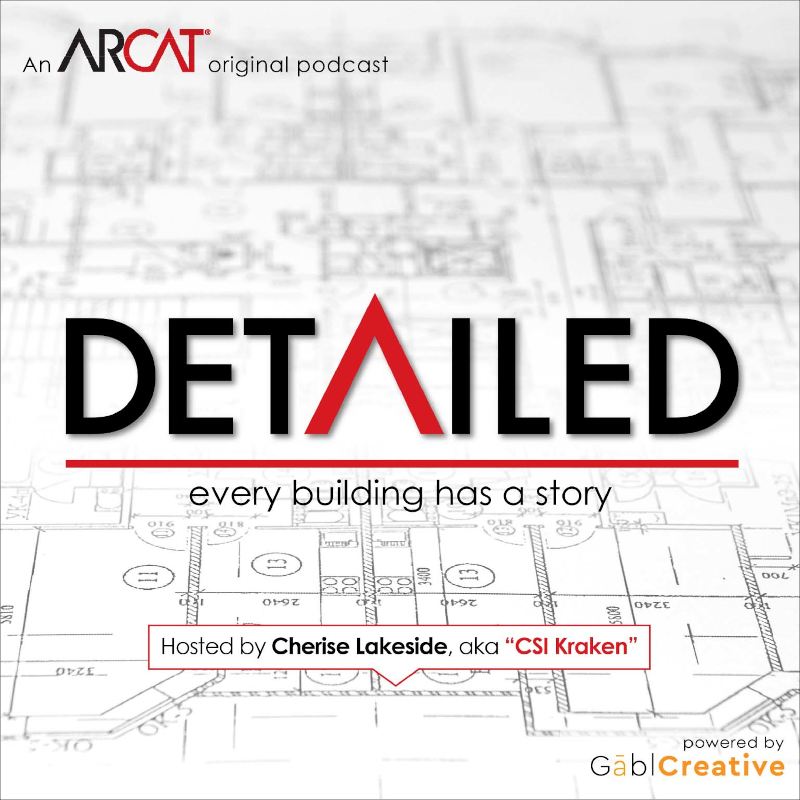|
Contributed by Tom Masters As energy prices rise and climate change becomes more of an issue, homeowners are looking for ways to save on their energy costs. While many homeowners already recycle and own electric cars, there are also ways to help the environment when having a home built. If you’re having a home built, there are very real steps that you or your general contractor can take to lower your energy usage and to make the home more efficient. Here’s an overview of the most effective ways to improve the efficiency of your new home.
Make Use of Cool Roofing in Hot Climates Cool roofing is an ultra-reflective metal material that’s designed to bounce off the infrared rays from sunlight, to keep your home from heating up during bright sunny days. By adding this roofing to your home, you’ll minimize your cooling needs passively. Build Thicker Walls Most traditional homes today are built with 2x4 walls because it’s more affordable and all that’s required. Go with 2x6 walls instead, everywhere that you can. When the specs are just right, these walls will offer more space for insulation, making it possible to dramatically improve the efficiency of your home. Space out Studs The studs or 2x6 boards that make up your exterior walls are conductors for energy. Engineer your home so that the studs are 24-on-center, or so the studs are 24 inches apart instead of the standard 16 inches. This lowers the number of conductors you have in your home, making it more efficient. Invest Heavily in Insulation Go with a mixture of blown in insulation and foam insulation for the best results. Have foam insulation applied to the exterior walls from inside the home, and then have insulation blown in once the interior walls are into place to help fill in any remaining gaps. Get a Tankless Water Heater A standard water heater is a huge waste of energy, and completely unnecessary. Invest in a high quality tankless water heater to enjoy on-demand hot water whenever it’s needed, and to avoid heating up water all throughout the day, when it’s only needed once and awhile. When choosing a new tankless water heater, you need to consider the size of the home as well as the distance of the heater from the shower and other faucets in the home. Buy Multi-Pane Gas Insulated Windows Single pane windows are cheap and readily available, but they are a poor investment. Instead of buying these relics, invest in high quality dual, or tri-paned windows that are filled with a gas such as argon. The argon gas helps insulate the glass, and makes the windows much more energy efficient.
0 Comments
Contributed by Lori Greene I have worked in the door and hardware industry since 1986 and this is THE most frequently-asked question that I receive. A specifier, supplier, architect, or end user has a retail, multi-family, office building, or other type of facility, and they want to know whether the exterior, stairwell, or emergency-exit doors need panic hardware. While there may be state or local requirements that vary (NYC is one), the IBC requirements are the ones that have been adopted by most jurisdictions.
According to all editions of the IBC starting with the 2006 edition, panic hardware is required for doors serving 3 use groups:
These requirements apply to doors which lock or latch; they do not apply if a door has push/pull hardware and no lock or latch. For facilities that are required to follow NFPA 101 – Life Safety Code, there are 4 occupancy classifications where panic hardware is required:
NFPA 70 – National Electrical Code requires panic hardware on some rooms containing electrical equipment. Beginning with the 2014 edition, doors which latch or lock, within 25 feet of the required work area, serving the following rooms, require panic hardware:
There is more information about the NEC requirements here. So back to the original question…”Do I need panic hardware on the stairwell doors in my apartment building, the main exit of my office building, or the emergency exit of my retail store?” These buildings would be considered Residential, Business, and Mercantile occupancies, so typically they would not require panic hardware on any doors unless there is an Assembly, Educational, or High Hazard area within the building with an occupant load of 50 or more (per the IBC) or 100 or more (per NFPA 101). Of course, panic hardware can be installed for convenience, security, or durability, even if it is not required by code. To learn how to calculate the occupant load, you can refer to this article, and here’s an article about small assembly occupancies. There is more information about panic hardware in this Back-2-Basics article, this video covers where panic hardware is required, and you can find the descriptions of each occupancy type and the reference paragraph numbers for each edition of the model codes in this code reference guide. Any questions?? *As someone pointed out the last time I wrote about this topic, there is an exception in the IBC for the main entrance/exit of an Assembly occupancy with an occupant load of 300 people or less – a key-operated lock may be used. I have very rarely seen double-cylinder deadbolts used on an Assembly occupancy, but you can read more about this requirement here. **NFPA 101 also includes an exception for key-operated locks, which is addressed in the same article as the IBC requirements. You can also read related posts on my blog, IdigHardware.com here: Contributed by Eric D. Lussier The website Construction Marketing Ideas provides free resources and information for architectural, engineering and construction businesses. Mark Buckshon is the brainchild behind Construction Marketing Ideas and annually he holds a competition for the Best Construction Blog of the year.
Let's Fix Construction, the blog you happen to be reading, was nominated in 2017, and is one of 26 total blogs that are up for the award this year. From now until March 27 you can vote and at that point they will count all the votes and tabulate the final standings in order of popularity. The popular vote results will count as part of the overall judging evaluation process and the blog with the most votes will win the popularity category. It is an honor to be nominated alongside all types of AEC industry blogs. We encourage you to check out the other 25 nominations and perhaps you'll find one or two (or more!) to add to your go-to reading list. Check out the entire Construction Marketing Ideas 2017 Best Construction Blog list here and please take one minute to vote for Let's Fix Construction. |
AboutLet's Fix Construction is an avenue to offer creative solutions, separate myths from facts and erase misconceptions about the architecture, engineering and construction (AEC) industry. Check out Cherise's latest podcast
Get blog post notifications hereArchives
March 2022
Categories
All
|



 RSS Feed
RSS Feed
